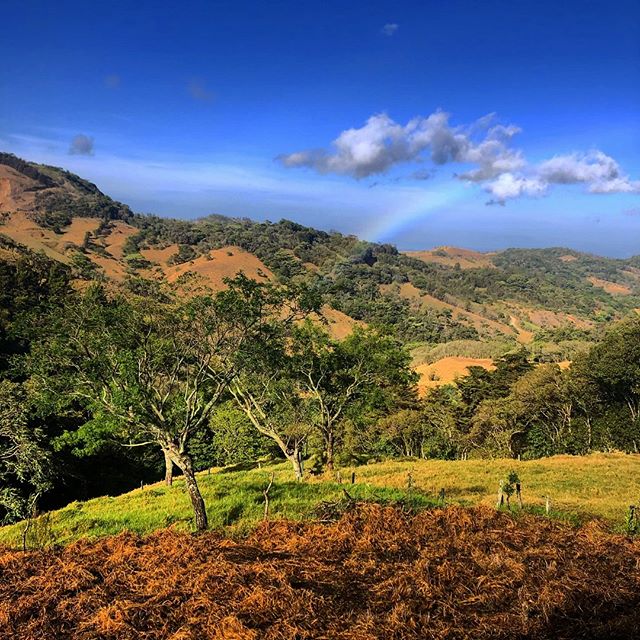There is a place for everyone in this movement.
There has to be; it’s the only way to move forward, cut the sh*t, and create change.
As a white woman in a place of privilege, it’s up to me to elevate those who have been silenced. How and when we each find our place in this uprising, is up to each of us. I do know that the time for inaction is over, this is the time to do something, the right thing, finally.
The second we start beating ourselves over the head with I’m not a good speaker, not a good protester, not a good writer is the same second we allow perfectionism to lull us into inactivity. This same perfectionism has been instilled in many of us as part of our upbringing—good ol’ fashioned hard work is the American Way, right? If you can’t kick something’s ass, then don’t show up at all, right?
For those of us who identify as energy workers, empaths, intuitives, and feelers, the lull of perfectionism and the vicious cycle of collective grief can be all-consuming. For those of us who identify as human beings in general, the lull of perfectionism and the vicious cycle of collective grief can be all-consuming. There is a way to pull ourselves out of the lull, and out of the cycle; use our natural strengths, talents, and what naturally fuels us for good.
I happen to identify as both a human, and an empath. Practicing meditation formally, and mindfulness throughout my day has been crucial to both my healing and to make me more effective as a friend, employee, sister, daughter, partner, and athlete. I’ll admit to falling into the cycle of inactivity due to perfectionism, and cycling through grief for the past weeks.
It’s in moments like this, moments of chaos and trauma, that our old narratives speak the loudest.
My old narrative of I’m not good enough, who am I to even try to help anyone else? has been screaming at volume 11 lately. And the truth is—I’m not good enough; I was a terrible community organizer in my 20s. Something that’s come far more naturally to me is meditation. Not only does this fuel me, but I think there’s power for the collective in meditation.
Especially now.
It’s more important now than ever that as a collective, we focus on what we can provide for others. It’s not my turn right now to receive, or even to focus on myself or my own healing. It’s time to focus on how I can help others heal; how I can get quiet, hold space, and elevate others. Something about meditation always felt a little selfish until I discovered tonglen; it is rooted in the Buddhist concepts of giving and receiving.
I’ve been practicing tonglen during my daily sit sporadically for a few months now—Pema Chödrön’s work was the first time I’d come across the concept of tonglen and it’s helped to ease the somewhat guilty feelings of taking so much time to center myself and focus only on my breathing. Through the simple acts of breathing in the pain of others and breathing relief and peace out to those suffering, I’m able to focus, sit, and then show up for others.
Those of us who walk the empathic walk generally need to be solidified in our daily self-care practices. During a time when the wounds of our systemically violent, racist culture are being opened up and aired out, we can start to send healing energy to those who need it. Studies have shown that group meditation and transcendental meditation have positive impacts on the healing of communities, and that collective healing is real in that way.
If you’re not sure what else to do, where else to donate, where else to march, or what else you can say—try this simple meditation technique. Breathe in, and nod to the pain that may creep into your consciousness as the pain of others. Breathe out, and nod to your need for healing as the healing you’re sending others.
Breathe in because you can. Breathe out because you can.
I came across tonglen when I needed it most. As is common for most folks, my journey to befriending myself has been bumpy and questionable at best. At times, acting in my own, best self-interest just doesn’t cross my radar until I find myself totally puzzled, circling the drain in conversation with my therapist, friends, or family.
So when I first was introduced to meditation by a dear friend, the thought of sitting with just myself made me want to climb the walls. I was getting ready for my first powerlifting meet, and the water cut I was nearing the end of had totally fried my nervous system. Frazzled, stressed, totally deprived, and crazed, my best friend sat me down to do just that—sit. At the time, I told myself that maybe if I could just focus and channel for even just a few minutes, maybe I’d do that much better on the platform.
Fast-forward two minutes, I’d never wanted to quit anything so badly. Should my feet be tingling like this? Why do my legs hurt? I wish my stomach would stop growling. Has it been five minutes yet? While that five-minute practice didn’t start paying off for many more sits, something about quieting my mind and turning down the chatter to tune in to what really mattered stuck with me.
As I’ve continued to practice, I’ve started studying more—not just breathing and mindfulness techniques, but myself. When I’m careful, and when I remember, I step back and question myself with genuine curiosity. What am I clinging to? What thoughts, feelings, or behavioral patterns keep creeping back in? Throughout the course of my studies, both internal and external, I’ve discovered that most of my shenpa, or my closed-off clinging, is tied to the negative stories I have about myself.
Since George Floyd’s murder, I’ve been asking the question of where and how have I contributed to racism? In not clinging to judgement, I’m able to start to find answers. Enter the magic of tonglen.
I first read about this concept last summer, in the midst of relationship drama, a new job, and having drastically overcommitted to running my first ultramarathon while preparing for yet another powerlifting competition. Something about tonglen felt so natural, so easy.
In tonglen meditation, the focus is on giving and receiving. So as I’m sitting, when I notice the familiar, dark, sticky attachment to a feeling or thought, I bring awareness to the fact that there are likely many others who are struggling with the same feeling. I breathe in and think, breathing in—I am breathing in for those who cannot, for George Floyd who lost his life, because he could not.
On my out-breath, I think, breathing out—I am sending peace and relief to all those who are experiencing this pain and suffering. And oddly enough, this has eased my own suffering, and allowed me to be truly open to questioning my perspectives as well as how and why I show up in the ways that I do.
On my journey to befriending myself, it’s been hard to see myself as good or pure, so at times it’s almost easier to recognize that there are others who are experiencing pain and are so deserving of healing, change, action, rest.
It feels easier, better, kinder, and more compassionate to send relief to others. And frankly, given my privileged position and voice, I’ve been doing a lot of hard questioning for how I can change myself, and those around me. The truth is, there are others who need healing, peace, and comfort more than me.
And I’m sending it their way—I’m sending it your way.
~
Relephant:
~









Read 0 comments and reply